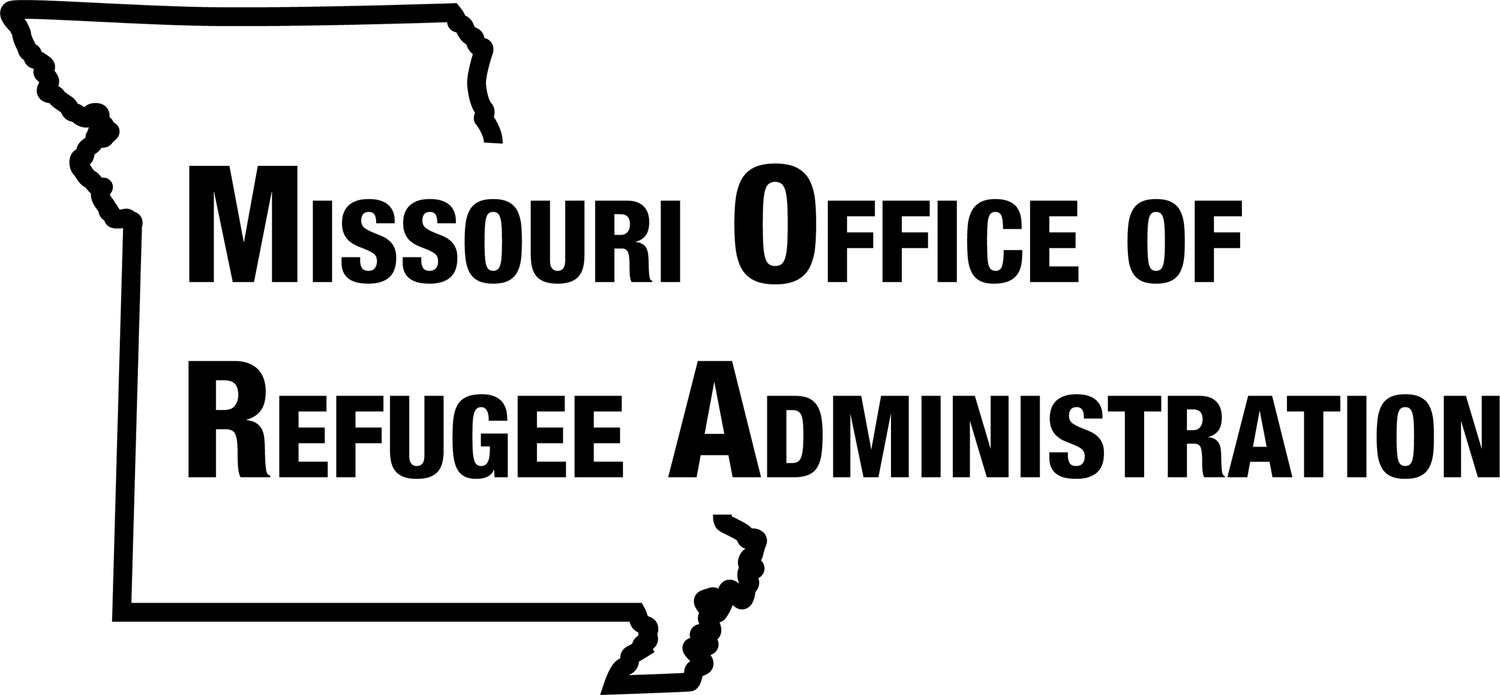A Look Back: Afghan Resettlement by the Numbers
By Marisa Tesoro
This time last year, resettlement agencies across the country were resettling record numbers of newcomers following the U.S. withdrawal from Afghanistan and the launch of Operation Allies Welcome.
As those families now settle into their communities, children make new friends, and all begin to rebuild, we wanted to reflect on these particular resettlement efforts over the past year.
At the National Level
More than 124,000 Afghan evacuees were airlifted out of Afghanistan, including tens of thousands of Afghan allies, refugees, parolees, and their families.
In all, more than 88,000 Afghans were evacuated to the U.S. Over 70,000 of these evacuees were vetted and admitted to the U.S. under humanitarian parole, which — unlike refugee or asylum status — does not automatically confer a path to a green card or citizenship. Afghan parolees were granted two years of protection from deportation and work authorization but no further access to status.
The Afghanistan Supplemental Appropriations Act, passed by Congress in September 2021, allowed Afghans paroled into the U.S. between July 31, 2021 through September 30, 2022 to be eligible for mainstream benefits, resettlement assistance, and other benefits available to refugees, until March 31, 2023 or the end of their parole term.
On March 16, 2022, the Biden administration granted Temporary Protected Status (TPS) to these individuals, allowing them to stay and work temporarily in the U.S. without fear of being deported for 18 months.
Despite these actions, Afghans who arrived under humanitarian parole still lack a pathway to permanent legal status. So, many have applied for asylum and Special Immigrant Visa (SIV) status to help them remain in the U.S.
USCIS has interviewed over 6,250 refugee applicants from Afghanistan, completed over 92,000 EAD applications (Employment Authorization Documentation), almost 2,500 Adjustment of Status applications, over 15,000 Special Immigrant Visa (SIV) petitions, and over 7,000 family-based immigrant petitions as of mid-November 2022.
As of December 1, USCIS had reviewed and completed 881 asylum cases with a 99% approval ratio. The average time for completion is currently 141 days, but 60% of cases are completed within 150 days.
In Missouri
Resettlement agencies and their communities welcomed 1,819 Afghan evacuees through the Afghan Placement and Assistance (APA) program. They rapidly created new programs, established new processes, and adapted to quickly changing directions and policies.
The International Institute created their Refugee Command Center and launched their Afghan Support Program, from which stemmed Afghan Soccer Saturdays and events such as an Eid festival and more.
Catholic Charities Refugee Services embraced community sponsorship, recruiting and training groups on how to best welcome and support newcomers, and they even hosted a baby shower for new moms.
RAISE and Della Lamb also adapted to form Welcome Teams to maximize the support of volunteers and ease newcomers’ transitions to their new homes.
JVS formed an Afghan Girls Group to meet the educational needs of newly arrived Afghan girls and provide a safe space to build other skills necessary to thrive in the U.S.
These are only glimpses at some of the changes and innovations we saw over the past year, and there are surely more to come. While there is much progress to appreciate, it’s important to remember the trauma of forced migration doesn’t end once someone has found a new house or enrolls in English classes or learns how to go grocery shopping or use the bus.
Behind each number and each statistic is a person, a life. Someone who fled their home and maybe their family because they felt it was their only choice or their best chance at survival.
The crisis in Afghanistan continues along with many others across the globe.
As they do, we will continue to welcome Afghans and other refugee newcomers to Missouri and provide the most holistic, sensitive, and respectful support possible.



